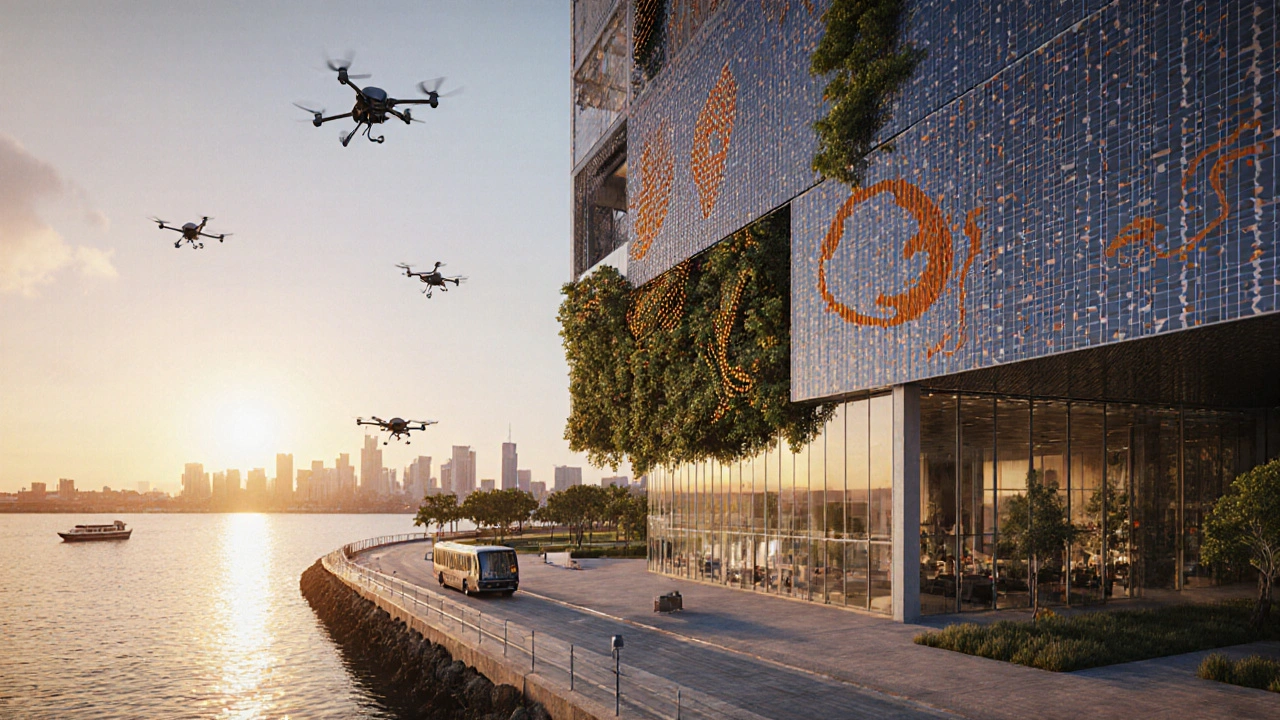Net‑Zero Public Architecture: How to Build Zero‑Carbon Public Spaces
Governments, schools, and libraries are all under pressure to cut emissions. A net‑zero public building means the structure produces as much clean energy as it consumes over a year. That sounds big, but the steps are straightforward and many cities are already getting it right.
First, start with energy modeling early in the design phase. Simple software can show where heat leaks, how much daylight you get, and which systems waste the most power. Armed with that data, you can size solar panels, wind turbines, or geothermal loops to match the building’s demand.
Key Strategies for Net‑Zero Public Buildings
1. Passive design. Orient the roof and walls to capture sunlight in winter and shade in summer. Use high‑performance insulation, low‑emissivity glazing, and airtight construction to keep the indoor temperature stable without running the HVAC nonstop.
2. Renewable energy on site. Roof‑mounted solar PV is the most common choice because panels sit on flat or low‑slope roofs typical of schools and civic centers. In windy regions, small wind turbines can fill the gaps when the sun isn’t shining.
3. Efficient systems. Replace old boilers with condensing units, install LED lighting with daylight sensors, and choose variable‑speed fans that run only when needed. The high‑tech architecture article on our site shows how IoT sensors can auto‑adjust lighting and temperature, shaving off extra kilowatts.
4. Sustainable materials. Choose locally sourced timber, recycled steel, and low‑embodied‑carbon concrete. These choices reduce the carbon locked into the building before it even turns on the lights.
5. User engagement. Public buildings serve many people, so simple education—like dashboards that display real‑time energy use—helps occupants understand their impact and encourages responsible behavior.
Case Studies and Resources
One recent project, a municipal library in the Pacific Northwest, combined a fully glazed south façade with a solar array that generates 120% of its annual electricity use. The excess power feeds back into the grid, earning credits that fund community programs.
Another example is a high‑school built with a green roof and rainwater harvesting system. The roof not only insulates the building, it creates a learning garden where students study ecology while the system cuts water bills by half.
Our tag page also links to articles on high‑tech architecture, Neo‑Futurism, and sustainable design. Those pieces dive deeper into smart materials, 3D‑printed components, and how futuristic aesthetics can still meet climate goals.
If you’re ready to start a net‑zero project, follow this quick checklist: run an energy model, set a renewable‑energy target, choose high‑performance envelope, select low‑carbon materials, and plan for occupant education. Checking each box moves you from concept to a building that truly balances its carbon footprint.
Achieving net‑zero in public architecture isn’t a fantasy—it’s a practical roadmap that saves money, improves comfort, and shows citizens that sustainable design works. Start with one building, learn from the data, and expand the approach citywide.

Future of Federal Architecture: Sustainable, Smart & Inclusive Design
Explore how federal architecture in Australia will evolve with sustainability, smart tech, indigenous influences and net‑zero goals, reshaping public buildings for the next decade.
Read more